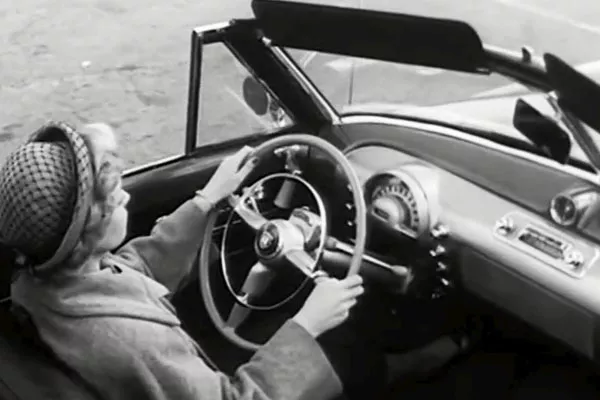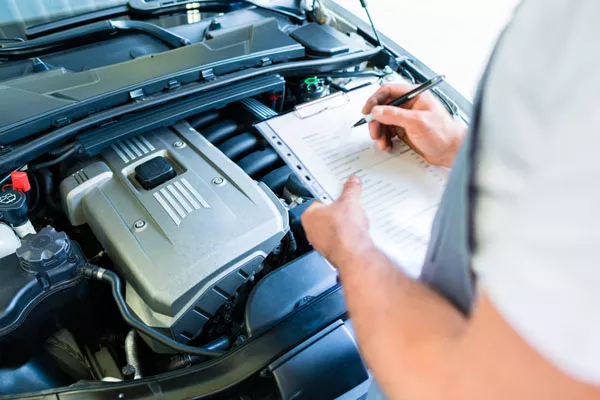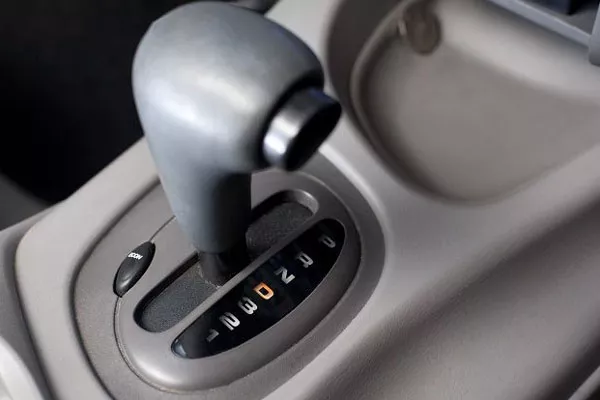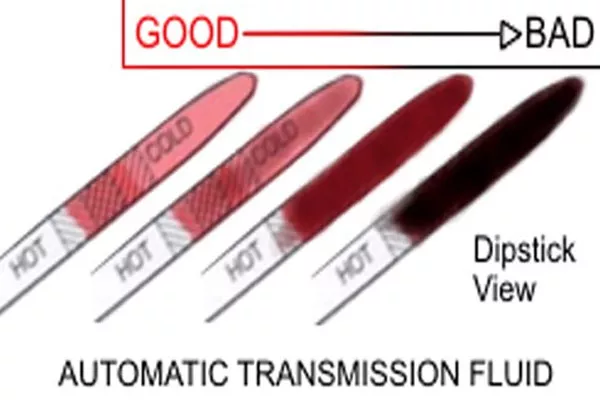Although invented a long time ago around 1932 and was first placed in a car in 1940, automatic transmission has not reached its peak until the modern times for being driver, specifically, first time driver friendly. Ever since its birth, the debate over choosing automatic or manual cars always seem to attract a lot of car enthusiasts all across the globe.
If you drive a car with automatic transmission, you don’t really have to mind the perfect timing when you step on clutch and gas before shifting the gear. I had that issue when I was trying to learn how to drive a manual transmission multi cab and I made the vehicle jump – since then, I didn’t pursue driving and I have decided to be content with being the passenger.

This is the first A/T vehicle in the 1940s, developed by both General Motors' Cadillac and Oldsmobile
Given that people nowadays have the option to choose or buy an automatic transmission vehicle, which is easier to get along with, it’s not surprising that many young people or first time car owners-slash-drivers are encouraged to buy their own vehicle. Not much technicalities, just shift the gears accordingly, step on the gas and the brakes as necessary and you’d get to your destination in no time.
However, given that “matic” vehicles have given us the leisure of easy driving, we also owe these cars some responsibilities – to give them proper care and maintain their well-being. How? Philkotse.com could help you with that.
Because it’s easier to drive doesn’t automatically mean that it’s easier to maintain. Since automatic transmission vehicles are giving us an easy time in driving, it only means that it has more complex system and consequently, it also means that it needs more attention and proper care.
Let’s take a look at the list of what we can do as owners of matic vehicles to keep it as healthy as possible.
1. Scheduled Maintenance
Always, always, always. Again, always. Never ever miss a scheduled maintenance. I think I may have already mentioned this X number of times before, and I can never emphasize this enough. Routine check up is very important, especially for vehicles with automatic transmission.

Routine check up can always give you assurance that your car and its transmission is in good condition or not
Mainly, the important thing about this routine check is for the transmission fluid to be changed. It normally depends on the car’s manual as how often should the transmission fluid should be changed, but it is also recommended to change it every 24,000 km.
2. Keep it on D during red light moments
Be mindful of how you use the gears on your automatic transmission car. Being on a stop but you still need to run after a good minute or two, doesn’t necessarily mean you have to shift into neutral. Shifting into neutral almost disengages the transmission as this is the closest gear to “park” which means totally stationary.

Keeping your car in Drive gear while stepping on the brake allows it to stop and move after a few minutes without destroying the transmission
It can damage your transmission if you shift to neutral then reengages the transmission again into motion. During red lights, it is highly suggested that you keep the drive mode on, while keeping your foot on the brake so you can avoid damaging the transmission. This is one of the most common mistakes while driving an automatic car.
3. Stop completely before shifting gears
Unlike in manual transmission where you can shift gears anytime you need to, the case for automatic transmission is quite different. To prevent inducing strain on your transmission which could further result to more serious problems, make sure that you fully stop the car before shifting gears. By doing so, you are caring for your transmission and preserving it from an early wear and tear.
4. Never shift gears while on the move
This goes along too well with number three. Remind yourself that you are not using a manual transmission vehicle – you are using an automatic transmission. If you shifted from manual to automatic, it can be quite understandable as it could be a result of muscle memory, but shifting gears while moving can cause damage to your car’s gearbox.
5. Never leave your fuel tank close to empty
Draining your car's fuel tank is a very bad habit that can cause serious damage to different auto components.
Since automatic transmission vehicles, with its complex system, requires proper lubrication for it to run smoothly, it is necessary to have and keep a generous amount of fuel in your gas tank. This will also save your engine from heating up too fast, which would also avoid engine damages in the future.

Filled up fuel tank can keep automatic transmission vehicles run smoothly
6. Make sure you use the correct transmission fluid for your vehicle
Same as fuel, also make sure that when you have your transmission fluid changed, you use the right transmission fluid that is compatible with your car. You’d know what type of transmission fluid you should use for your car through your car manual.
>>> Also check out: 3 things to keep in mind when changing oil for automatic transmission cars
7. Always check if the cooling system is working properly
How does the two even connect? Yes, having a working cooling system is vital to a healthy transmission. While the cooling system prevents your engine from overheating, it also makes sure that the transmission fluid that runs through the gearbox is also cooled. Therefore, a faulty cooling system can cause damage both in engine and transmission.
8. Allow your car to warm up before driving away
Sometimes you could be in so much hurry that you just jumped into your car, started the engine, put the drive mode on and drove away – this is totally not healthy for an automatic transmission. Always allow your car engine to warm up for a good few minutes before you shift to drive and lead your car into motion.
9. Check your transmission fluid regularly
It could be easy to check the transmission fluid for some vehicles, as it could involve the same process when checking oil level. While your car is idling, pull out the dipstick, wipe it and dip it again and wait to get a precise reading.

This is how to check transmission fluid and the meaning of its color
If you see that your transmission fluid is low, you may need to have your car checked for a possible leak. When you also smell rotten fish from the transmission fluid that looks dark in color, it’s a sign for you to have it checked as well.
>>> Related: Transmission fluid guide: What color is it supposed to be?
10. Annual transmission inspection
Even if you don’t think and feel that anything’s wrong with your transmission, it still pays to visit a specialist annually just to check if your transmission is still in good condition. This helps preserve your transmission and avoid more serious problems in the future.
The most low-cost way to prolong the lifespan of your beloved vehicle is to treat it properly. Follow our website for more helpful tips to maintain your car!
Recent posts
- I'm a beginner driver – should I buy a manual or automatic? Sep 13, 2022
- Car maintenance: 5 signs of automatic transmission problems Aug 17, 2022
- 5 common myths about automatic transmission and the truth behind it Nov 30, 2022
- Semi-automatic cars: How they differ from Manual and Automatic cars Nov 30, 2022
- 3 things to keep in mind when changing oil for automatic transmission cars Feb 19, 2021












